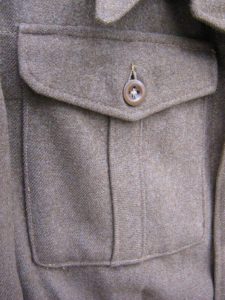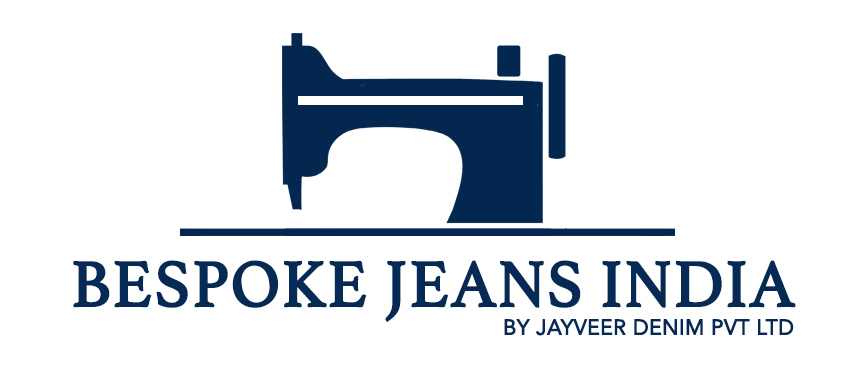A pocket is a bag or envelope that is generally sewn in or over the garment as an opening or slot with a closed-end. A pocket was a distinct tiny bag or pocket in older use. Pockets can have a functional or ornamental objective. For both purposes, pockets can sometimes be used. Basically, the pocket is used as a depository for goods or hands or as a holding clause. An opening of the pocket should be broad and deep enough to accommodate the hands and stop items from falling out. It is possible to design all kinds of clothing with pockets. In the clothing of men, pockets mainly serve the purpose of utility rather than a decoration. Pockets increase the aesthetic value in women's clothing, drawing attention to the design of the dress. In order to make them appealing, pockets of diverse shapes, sizes, and places with ornamental information such as bias binding, lace, ruffles, tucks, plows, applique, embroidery, etc. can be connected to children's clothing.  The pockets applied are the pockets sewn with topstitching onto the garment. This includes primarily attaching patch pockets to the outside / on the garment surface.
The pockets applied are the pockets sewn with topstitching onto the garment. This includes primarily attaching patch pockets to the outside / on the garment surface.  Their unobtrusive appearance characterizes in-seam pockets as they stay hidden within the seams of the garment. These pockets are made from lining fabric or lightweight self-fabric. The face is usually expanded to help the pocket opening and seal the lining region. These pockets are suitable for pants, half pants, and skirts.
Their unobtrusive appearance characterizes in-seam pockets as they stay hidden within the seams of the garment. These pockets are made from lining fabric or lightweight self-fabric. The face is usually expanded to help the pocket opening and seal the lining region. These pockets are suitable for pants, half pants, and skirts.  In this form, through a tight opening, the pocket is placed in the garment and created to hang inside. Correcting stitching mistakes in these pockets is hard. To achieve quality building, accurate marking, stitching, cutting, and pressing are required. These are primarily used on tailor-made clothing wherever they require a smooth appearance.
In this form, through a tight opening, the pocket is placed in the garment and created to hang inside. Correcting stitching mistakes in these pockets is hard. To achieve quality building, accurate marking, stitching, cutting, and pressing are required. These are primarily used on tailor-made clothing wherever they require a smooth appearance.
Set-in pockets categorized in certain kinds as well:
Applied pockets/outside pockets
 The pockets applied are the pockets sewn with topstitching onto the garment. This includes primarily attaching patch pockets to the outside / on the garment surface.
The pockets applied are the pockets sewn with topstitching onto the garment. This includes primarily attaching patch pockets to the outside / on the garment surface. In-seam pocket/structural pockets
 Their unobtrusive appearance characterizes in-seam pockets as they stay hidden within the seams of the garment. These pockets are made from lining fabric or lightweight self-fabric. The face is usually expanded to help the pocket opening and seal the lining region. These pockets are suitable for pants, half pants, and skirts.
Their unobtrusive appearance characterizes in-seam pockets as they stay hidden within the seams of the garment. These pockets are made from lining fabric or lightweight self-fabric. The face is usually expanded to help the pocket opening and seal the lining region. These pockets are suitable for pants, half pants, and skirts. Set-in pockets/inserted pockets
 In this form, through a tight opening, the pocket is placed in the garment and created to hang inside. Correcting stitching mistakes in these pockets is hard. To achieve quality building, accurate marking, stitching, cutting, and pressing are required. These are primarily used on tailor-made clothing wherever they require a smooth appearance.
In this form, through a tight opening, the pocket is placed in the garment and created to hang inside. Correcting stitching mistakes in these pockets is hard. To achieve quality building, accurate marking, stitching, cutting, and pressing are required. These are primarily used on tailor-made clothing wherever they require a smooth appearance.
